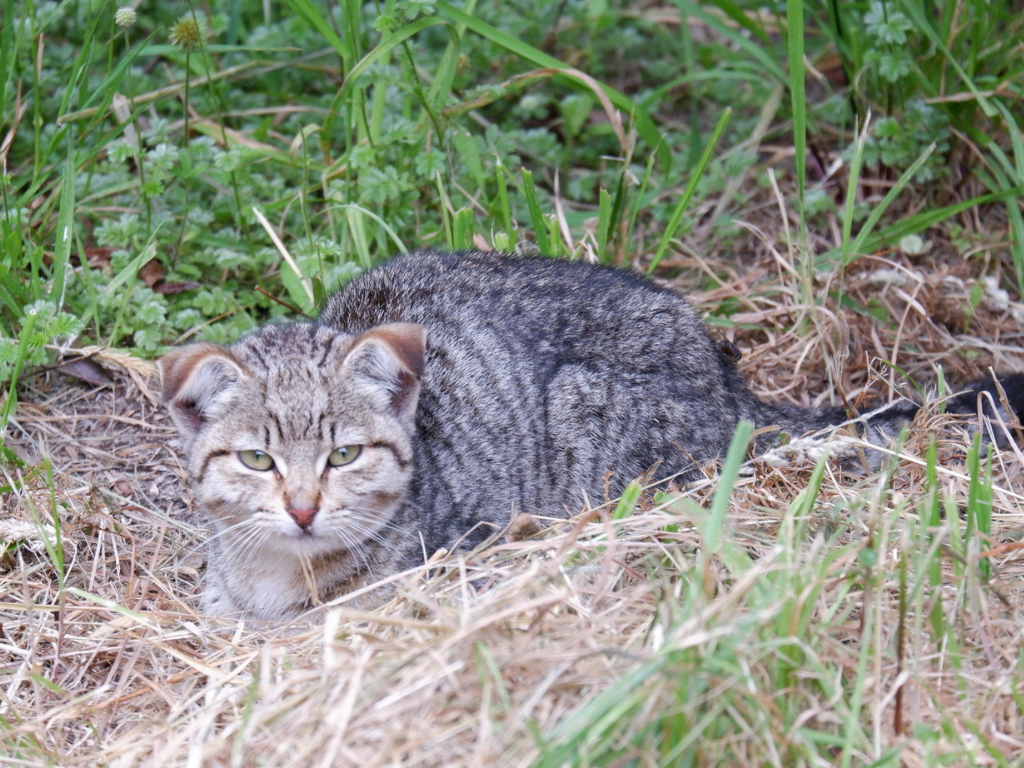Feral cats are among the most skilled hunters in our country. They roam far, survive in harsh conditions and prey on native wildlife, pushing vulnerable birds and lizards closer to extinction. Despite this, they aren’t currently part of the Predator Free 2050 strategy. We think it’s time to add them and need your help to make it happen. But first, here are seven facts that may surprise you…
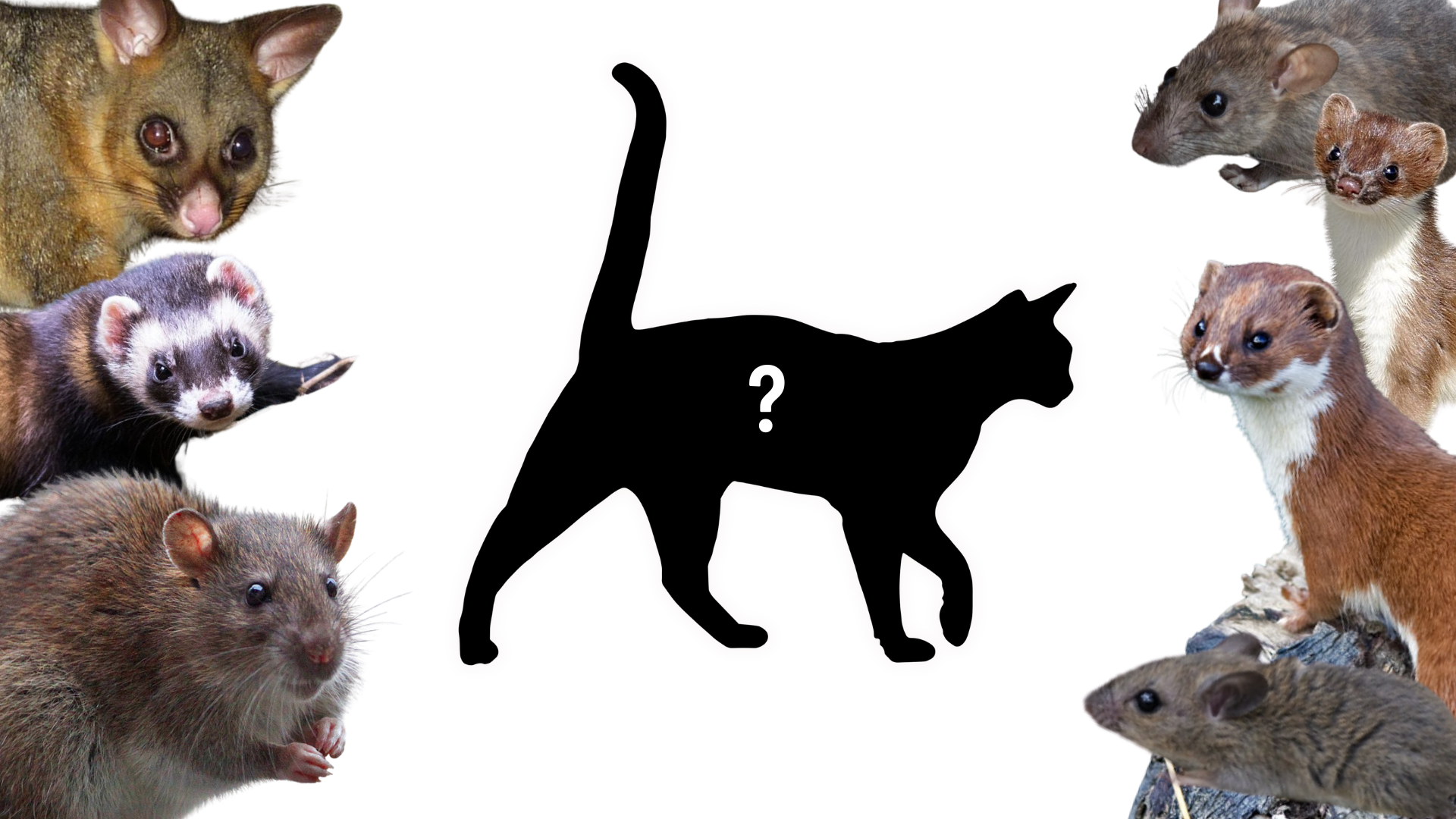
1. They exist with no relationship to humans
They aren’t pets running wild or strays sneaking in to pinch your cat’s kibbles. Feral cats live entirely without human interaction; they are 100% self-reliant and live off what they can hunt, including native birds and lizards. The SPCA considers feral cats unsuitable for rehoming as companion animals.
Many feral cat populations begin when unwanted pets are dumped. Left to fend for themselves, these cats will breed in the wild and multiply quickly.
An American study showed the average female cat has 1.4 litters per year, with between one and six kittens.
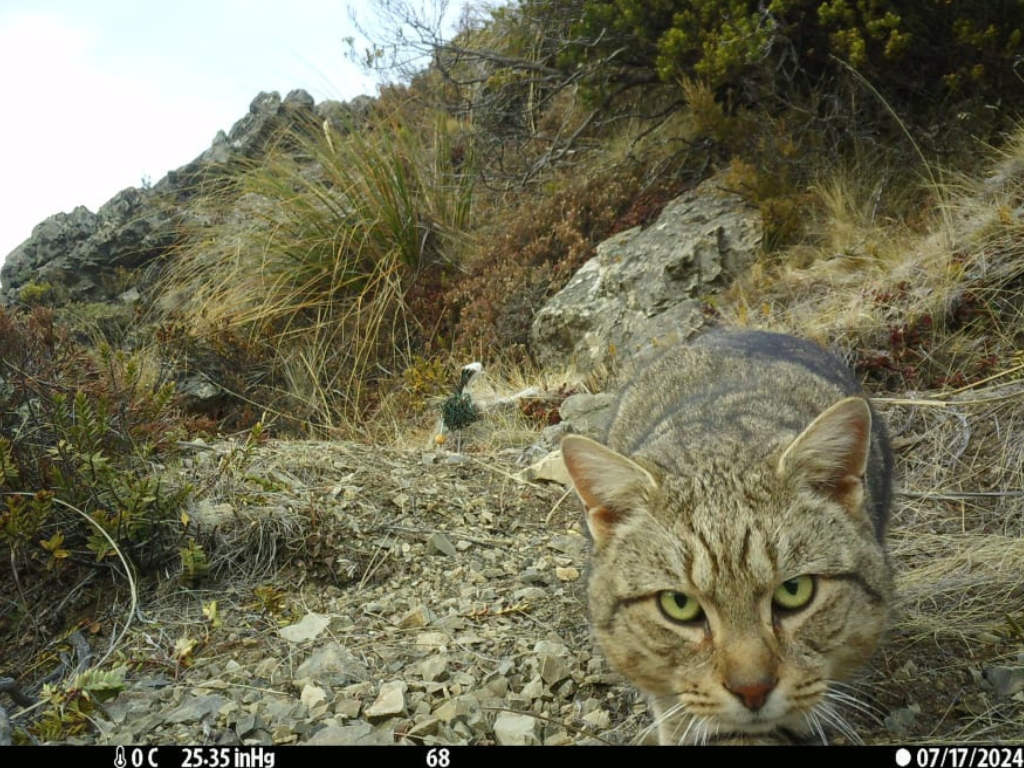
2. Cats don’t keep rats and mice in check
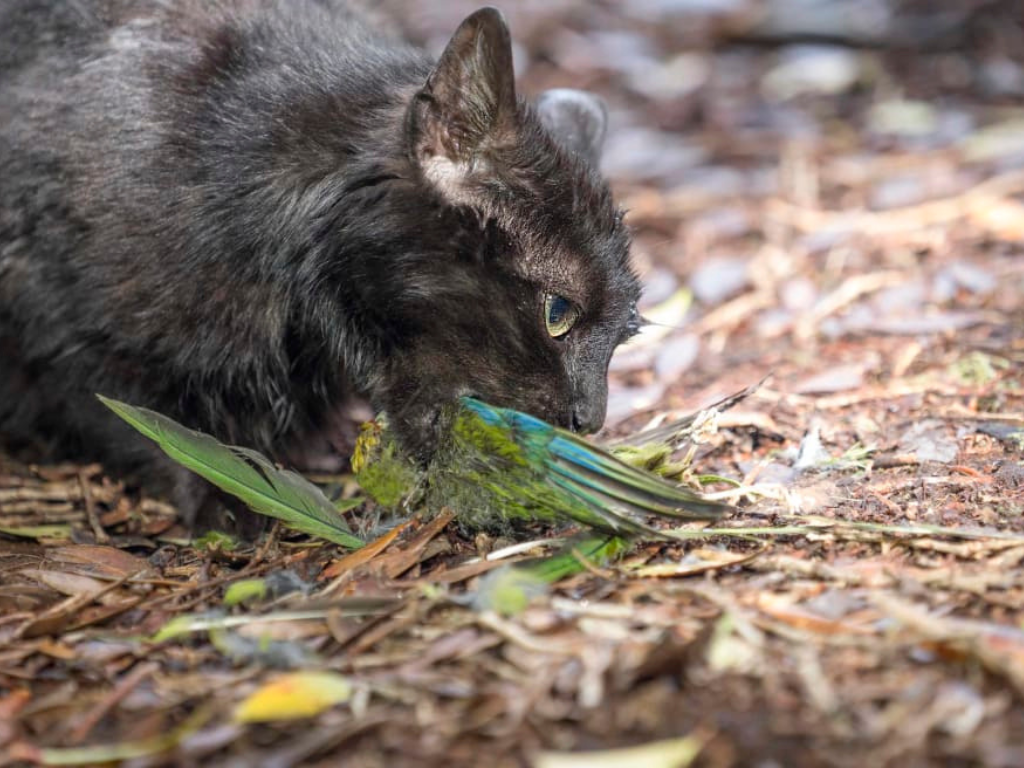
Cats are not an effective form of rodent control. Rodents evolved as prey animals: fast-moving, fast-breeding and cautious. Rats can breed faster than cats can eat them, and the situation is similar for rabbits. We wouldn’t have a rat problem if cats kept rats at bay.
However, it’s a different story for our native species.
New Zealand’s wildlife evolved without predatory mammals. Many of our birds are flightless, breed slowly, or nest on the ground, making them easy prey for feral cats. Unlike rats, native species also can’t outbreed the losses.
3. Feral life is brutal
A wild, free life sounds almost romantic, but the reality is brutal: 75% of feral kittens die younger than six months, with physical injuries the leading cause of death.
The ones that make it through are more likely to suffer injury, disease and fleas than their owned counterparts.
Then, in their later years, injury and infection can leave them unable to hunt, leading to starvation and death. A feral life is not a happy one.
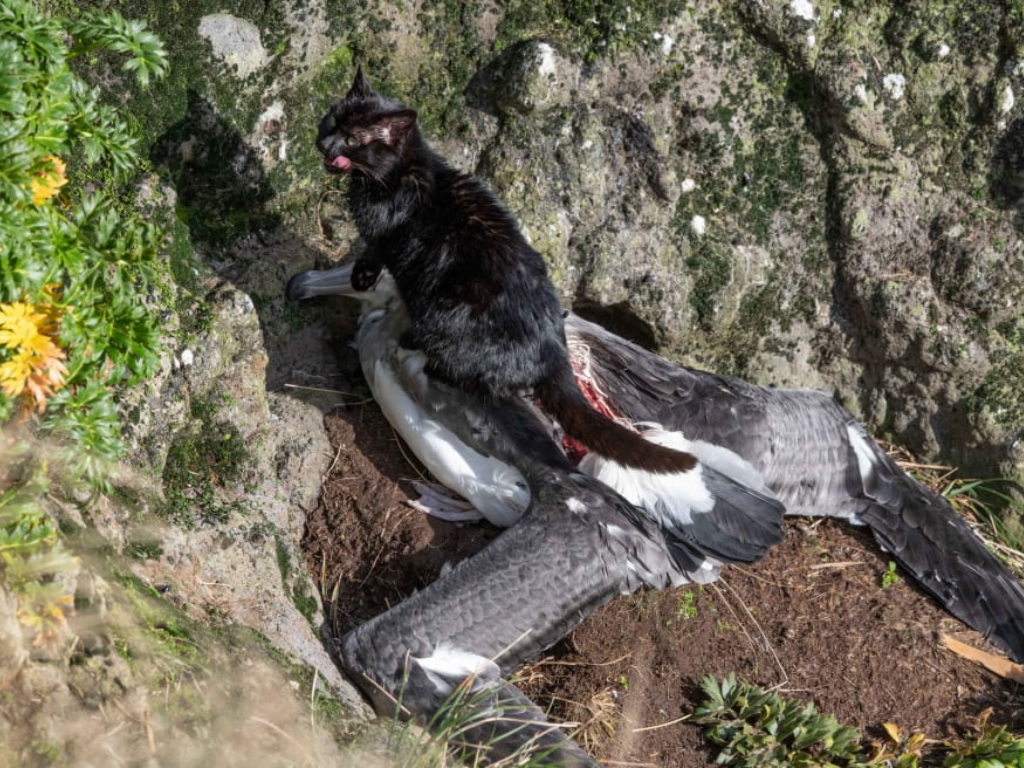
4. A single cat can do massive damage to native animals in just a few days

Cats are excellent hunters and often kill more than they can eat (surplus killing).
There are plenty of stories to back it up: cats have been recorded eating 28 native lizards in a single go, scoffing 107 bats in just a week and destroying 87 black-fronted terns in a weekend, wiping out New Zealand’s largest colony. Each of these examples involved just a single animal.
Estimates of feral cat numbers vary, but all credible estimates put the numbers in the multiple millions. Most of the damage they do goes unseen, but our wildlife pays the price.
5. Cat poop can kill
Feral cats carry a disease that kills dolphins, kiwi, and even humans.
Toxoplasmosis is caused by a gut parasite that lives in infected cats. It spreads through their poop and has been found in one-third of New Zealanders over 25. For most people, there are no symptoms, but for pregnant people or the immunocompromised, it can be fatal.
It can also affect the eyes. Otago University researchers estimate ten thousand New Zealanders have lost some vision due to the disease.
Toxo is bad news for farmers, too, as it can cause significant and costly lamb losses in sheep.

6. Cats are everywhere…
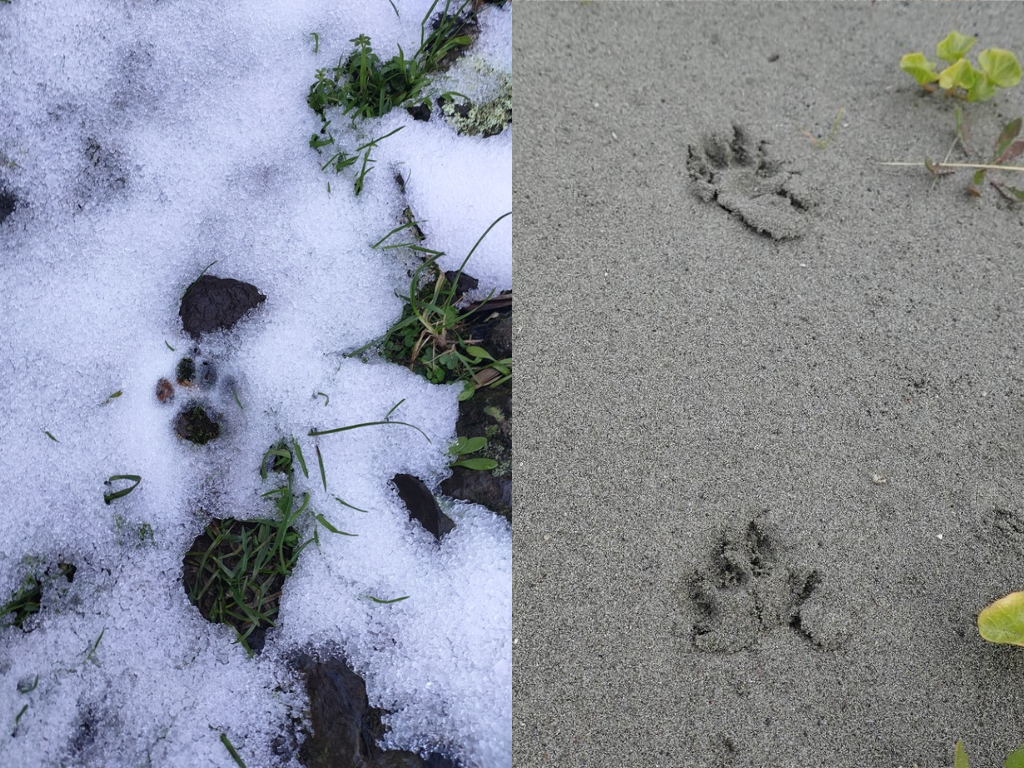
Cats are widespread in New Zealand, from the coast to alpine areas to farmland to offshore islands. These incredibly adaptable mammals can make their home anywhere thanks to our mild climate.
Scientists in the South Island tracked a cat that travelled six kilometres in one night. At the same time, another study found that feral cats are even crossing the Southern Alps via high-alpine passes.
Skilful hunters, feral cats switch prey based on their habitat: pekapeka (bats) in Pureora Forest Park, seabirds in the subantarctic Auckland Islands, and pukunui on the mountaintops of Rakiura. Wherever you go, there they are…
7. …except for on the Predator Free 2050 target species list
At the moment, there’s a cat-shaped hole in the Predator Free 2050 strategy. We reckon the Department of Conservation (DOC) should fill it.
DOC is consulting on the strategy, and we’ve made it easy for you to let them know that what we’re doing is missing an important predator.
Help us fill the cat-shaped hole with our easy-to-use submission form.
